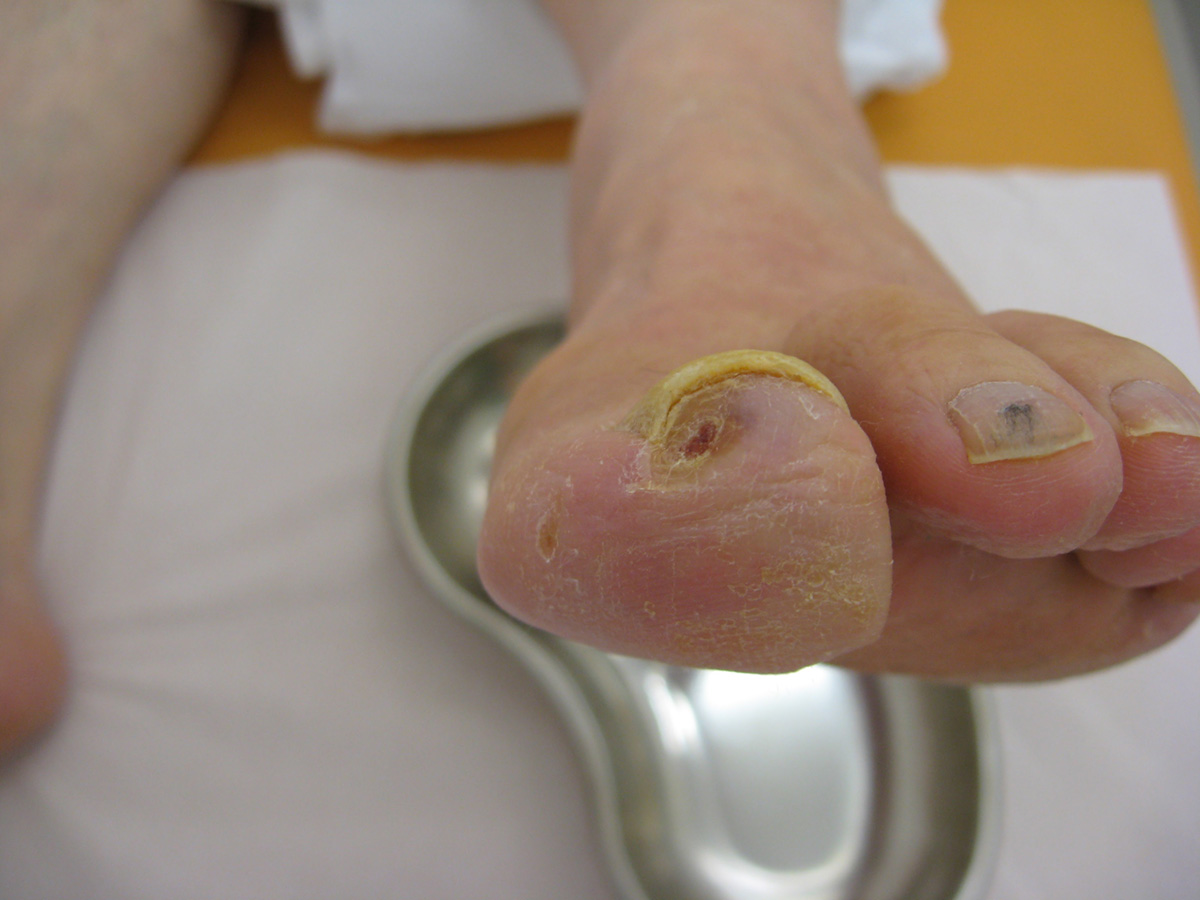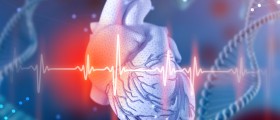
Peripheral Arterial Disease Dangers
Peripheral arterial disease may be very dangerous as it isassociated with the blocking or narrowing down of the arteries in the head,arms, legs and other organs inside the body. These problems triggered by the accumulationof the fatty deposits on the inner walls of the arteries reduce the flow ofblood and may lead to the development of the dreadful coronary heart disease.This medical condition may occur anywhere in the body, but the areas mostlyaffected by it include the pelvis and the legs. The signs and symptoms commonlyassociated with the peripheral arterial disease are commonly varied, dependingon the severity of the disease and the parts of the body affected by it.Initial symptoms commonly include cramps and painful sensations in the legswhich occur after exercising or long walks. These symptoms usually go away oncea person gets some proper rest. This group of initial symptoms is medicinallyreferred to as claudication. A common problem with peripheral arterial diseaseis that it sometimes may go completely unnoticed for quite some time becausethe symptoms may be elusive or completely absent.
Peripheral Arterial Disease in legs
If there is an insufficient blood flow to the tissues as it can be inthe legs it can lead to very painful ulcerations which may even further complicateand lead to the death of the affected tissue. Dead tissues are medicinallyreferred to as the gangrene and they always need to be amputated. Legs arecommonly the parts of the body which are most affected by the peripheralarterial disease. There are more than 10 million American citizens affected bythis type of medical condition. According to various medical researches bothmen and women are equally affected by it. It mostly affects people who are over65 years old. It is quite peculiar that African American people are commonlyaffected by the peripheral arterial disease in legs much more than Caucasianpeople.
Risk Factors for Peripheral Arterial Disease
There are a number of different factors which may be heldresponsible for the gradual development of peripheral arterial disease over theyears. As already explained, in cases of some people, ethnicity may sometimesbe considered to be a very important risk factor. Age is another common factor,as the peripheral arterial disease tends to affect older people in most cases.Inflammatory conditions and various sorts of damage inflicted upon the arteriesmay also be considered as very dangerous risk factors in the development ofperipheral arterial disease. Familyhistory of heart and artery diseases is another risk factor. Numerousscientific studies have shown that the peripheral arterial disease may run inthe family and be passed on from the parents onto the child. Certain geneticfactors which are responsible for the abnormalities in the lipids and thecholesterol may also be associated with an increased risk of peripheral arterialdisease. Hypertension or high blood pressure is one of the most common risksassociated with the development of peripheral arterial disease. For those whodo not know, blood pressure is the term used for the force applied against theinside walls of the arteries which occurs when the heart pumps the blood throughoutthe entire human body. Unhealthy levels of lipids, bad cholesterol and goodcholesterol in the blood may also be held responsible for the gradualdevelopment of peripheral arterial disease over the course of many years. Oneof the most common risk factors associated with the peripheral arterial diseaseis another medical condition called diabetes. Out of all risk factors for thedevelopment of the peripheral arterial disease, smoking is the most common one.
Treatment Options
There are numerous different types of treatment methodswhich may be of great help when it comes to dealing with the dreadfulperipheral arterial disease. Certain lifestyle and dietary changes areextremely important. Among the most important steps in both prevention andtreatment of the peripheral arterial disease are regular exercise regimes andavoidance of all different tobacco products. Certain medications may be used insome cases of peripheral arterial disease and those commonly include weakinstances of blood thinners such as clopidogrel or Aspirin. These medicationsare very efficient in preventing the formation of blood clots. The walkingdistance may be increased by alleviating the symptoms. Medications such aspentoxifylline or cilostazol may be of great help when it comes to achievingthat. Risk factor management may also be of great help in the treatment of theperipheral arterial disease. This includes avoiding smoking, and dealing withdiabetes, high levels of bad cholesterol in the blood and high blood pressureas related medical conditions. Certain surgical interventions such as thebypass surgery or the percutaneous procedure called angioplasty are sometimesused as well. Those who suffer from peripheral arterial disease need to avoidcold weather as much as possible.

















Your thoughts on this
Loading...